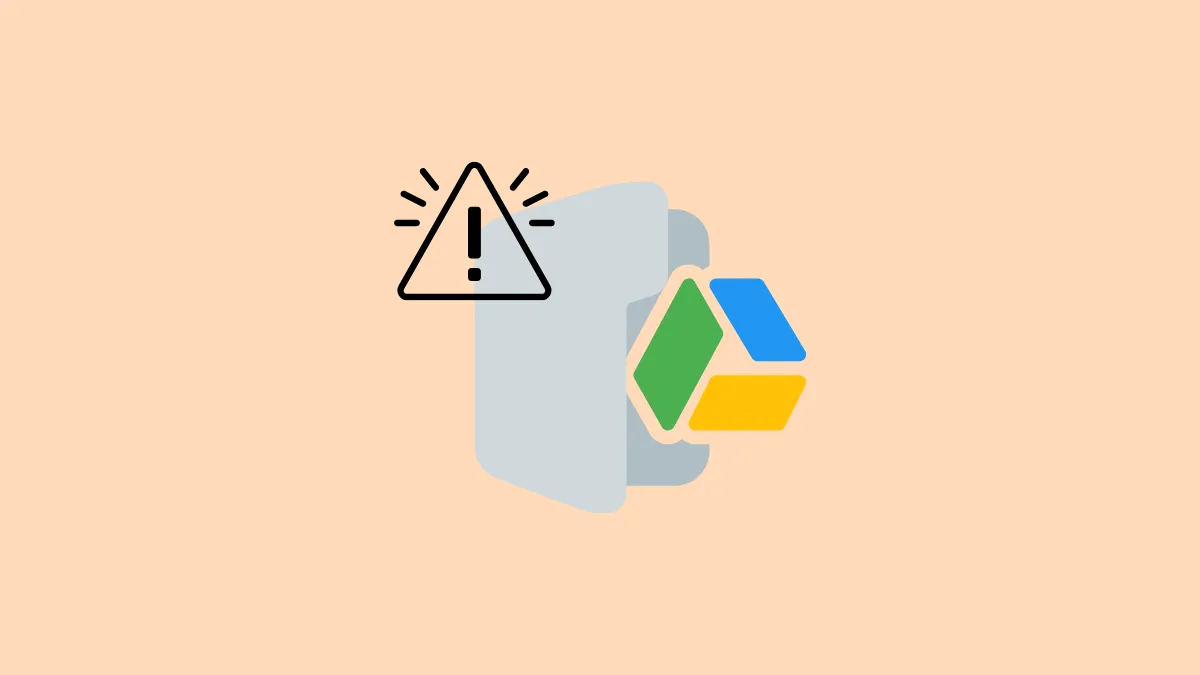The 'Refused to connect' error is quite common and can prevent you from accessing the files in your Google Drive. What makes this problem so frustrating is that it is not specific to a particular browser but can occur when you're trying to open Google Drive with Chrome, Firefox, Edge, or other browsers. The good news is that you can fix this problem easily by trying out different solutions.
Make some preliminary checks
Before trying out the solutions in this guide, the first thing you should do is wait a few moments and then try accessing the files in your Google Drive, such as when the 'Temporary Error (502)' appears on your screen. You should also check the Google Workspace Status Dashboard, which can help you know if Google or Drive servers are facing any outages. If there are any issues, a red dot will appear and you can find out more by clicking on it.
Apart from this, you should check your internet connection, especially if your Drive contents are not loading or loading very slowly. If your internet connection is slow or has other issues, Google Drive may be unable to load all its contents properly.
Fix 1: Update your browser version
Google Drive works on the two most recent versions of most modern web browsers. So, if your web browser is outdated, you may have to update it to fix the issue.
- Open Google Chrome and click on the three dots on the top right.

- When the dropdown menu appears, go to 'Help' and then 'About Google Chrome'.

- Chrome will automatically check for and install updates. You can then restart the browser and try accessing your Google Drive files again.
Fix 2: Ensure that Cookies and Javascript are enabled
- In Chrome, click on the three dots at the top right and then click on 'Settings' in the dropdown menu.

- On the Settings page, click on 'Privacy and Security' on the left.
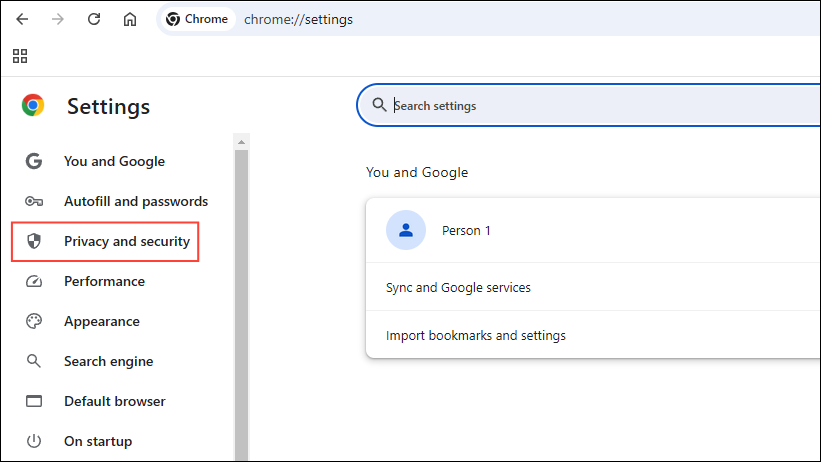
- Click on 'Third-party cookies' in the Privacy and Security section.

- Check that the 'Allow third-party cookies' option is selected. If it is not, click on it to select it.
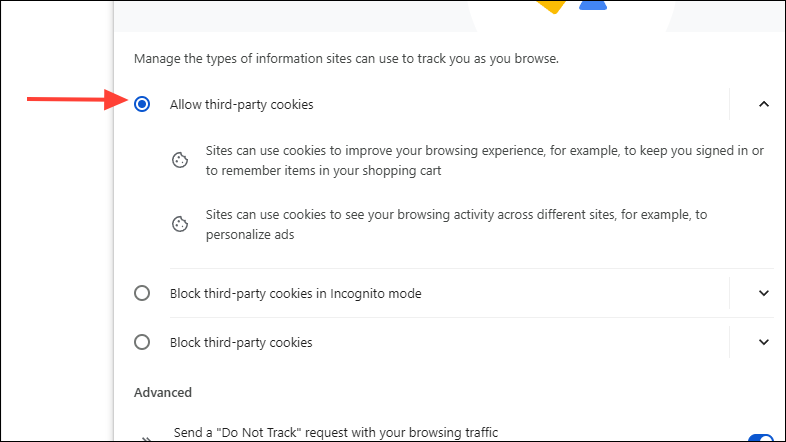
- Now go back to the Privacy and Security page and click on the 'Site Settings' option.

- Scroll down and click on 'Javascript'.
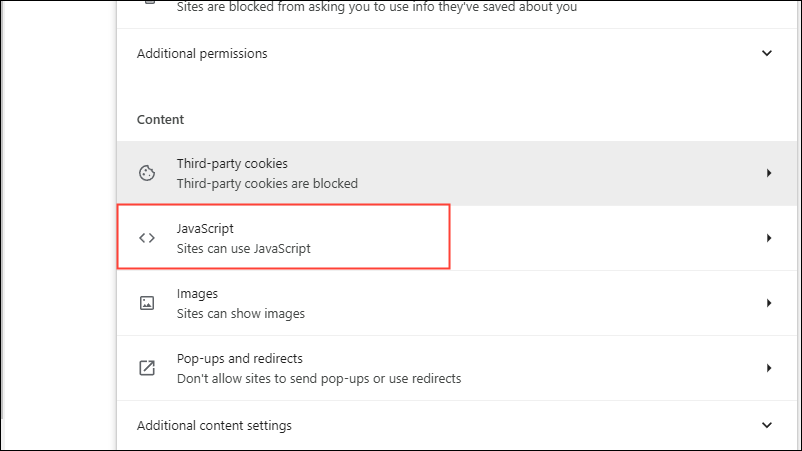
- Make sure that 'Sites can use Javascript' is selected and then check whether the 'Refused to connect' error has been resolved.
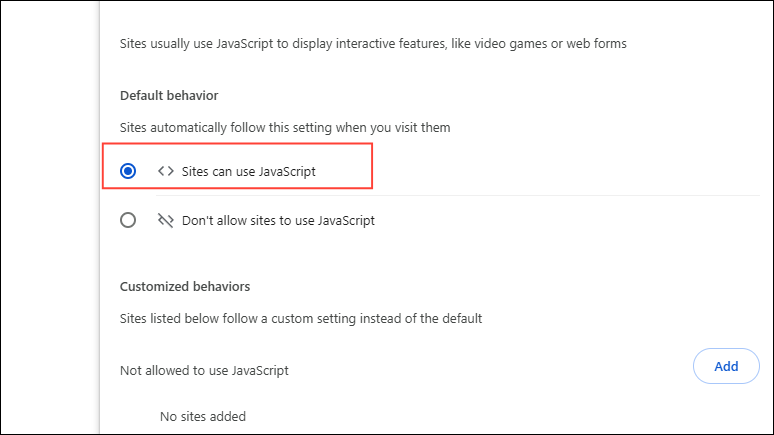
Fix 3: Clear browser cache and cookies
- Go to the Privacy and Security section in Chrome.
- Click on 'Delete browsing data'.
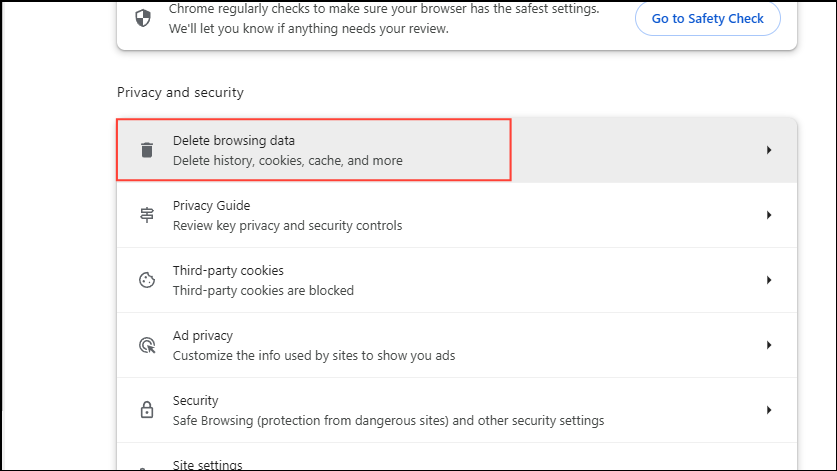
- Check that the 'Cookies and other site data' and 'Cached images and files' checkboxes are selected. You can also select the time range for which you want to clear the data and then click on the 'Delete data' button.
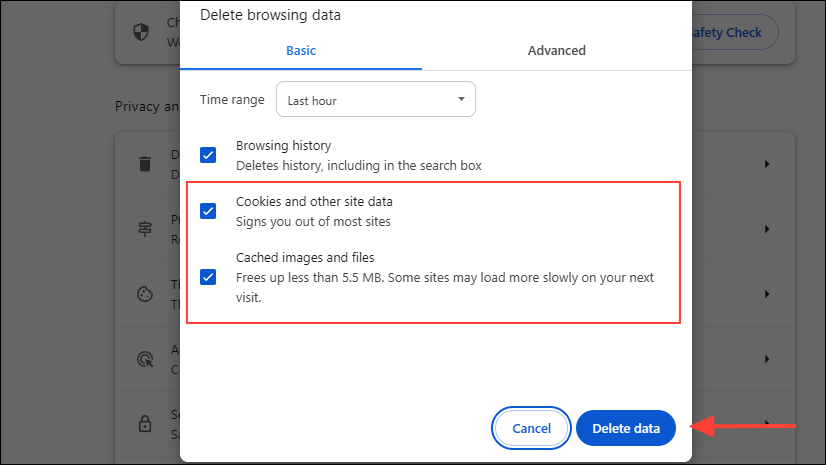
Fix 4: Enable offline access
If your internet connection is not reliable, you should enable offline access for Google Drive files. This will let you access them without any internet access and any changes you make will be synced when the connection is stable again. If you've already set up offline access, consider turning it off and then turning it on again.
To turn on Offline Access, you need internet access and must be using Google Chrome or Microsoft Edge. You should also not be using Incognito or InPrivate Mode. Once you're sure these conditions are satisfied,
- Visit the Chrome Web Store and install the Google Docs Offline extension in your browser.
- Once you've installed the extension, sign in to Google Drive using your preferred Google account and go to this page.
- Scroll down and click on the checkbox under the Offline section.
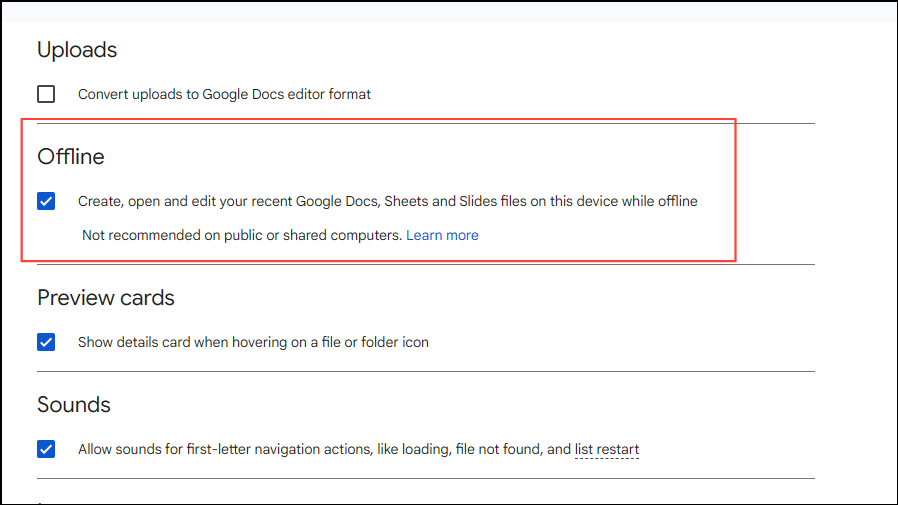
- Now you can turn on offline access for any file within your Drive by right-clicking on it and clicking on 'Make available offline'.
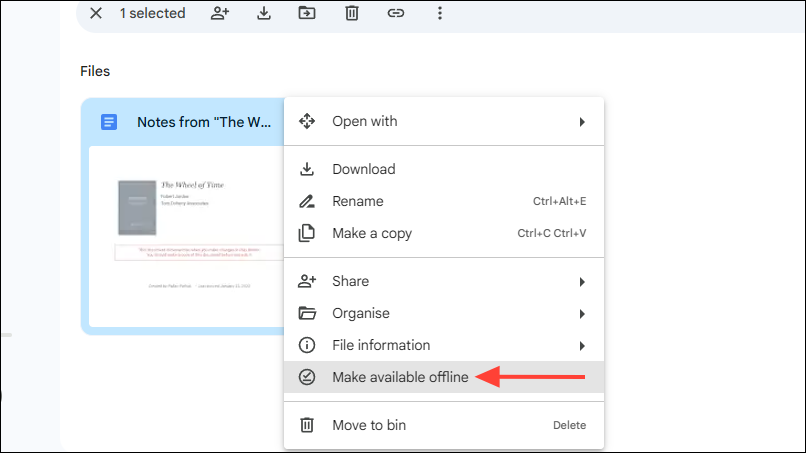
Fix 5: Use incognito mode
You may run into the 'Refused to connect' Google Drive error if there are multiple accounts synced with your browser. You can try to resolve this by opening Drive in an incognito browser window. Open Chrome or any other browser, click on the three dots at the top right, and then click on 'New incognito window'. Then you can try to access your Drive from this window.
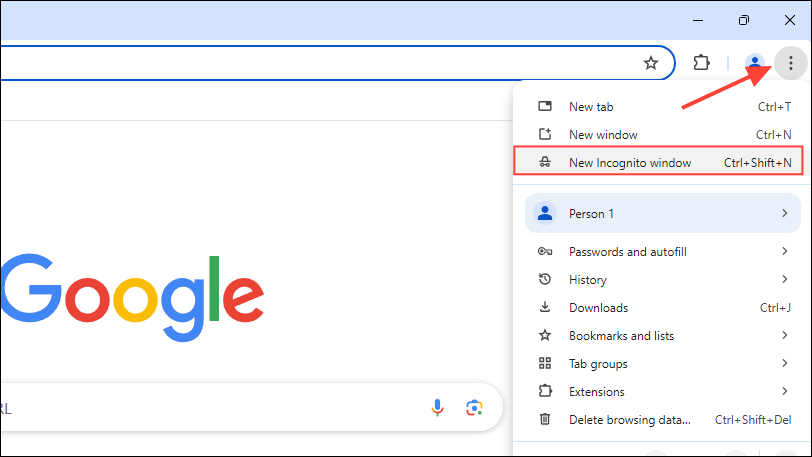
Fix 6: Sign out of multiple accounts
Signing out of all Google accounts and then logging back into your Drive with one account is another solution that can help you out.
- Open your web browser and access your Google Drive by visiting this link.
- Click on your Google profile at the top right and you will see all your accounts syncing with the Drive.
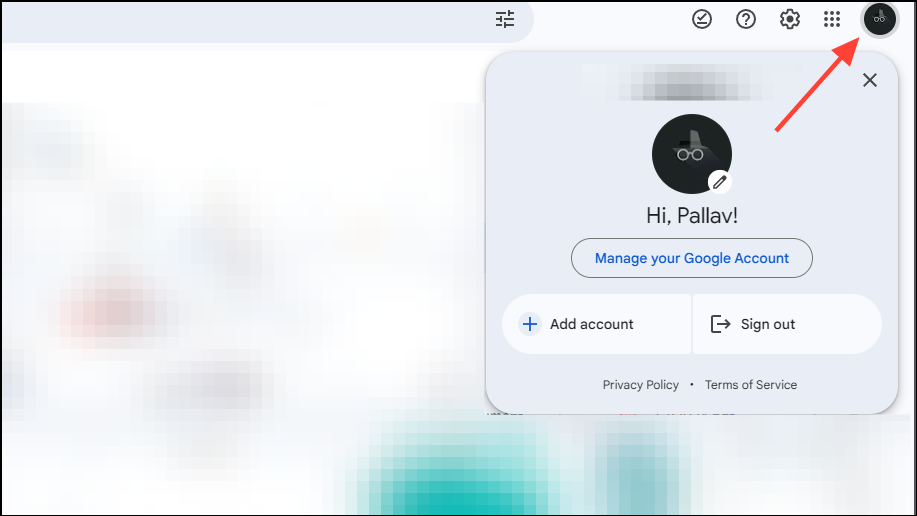
- You will see a button saying 'Sign out of all accounts'. Click on it and then confirm that you want to log out.
- Once you've signed out of all accounts, you can log back in using the account you want to use Google Drive with.
Fix 7: Set up a new user profile
Another solution you can try is to set up a new user profile in your browser and sign in to your Google Drive using that.
- Click on the profile icon at the top right in Chrome or whichever browser you are using and then click on the 'Add' button in the dropdown menu.
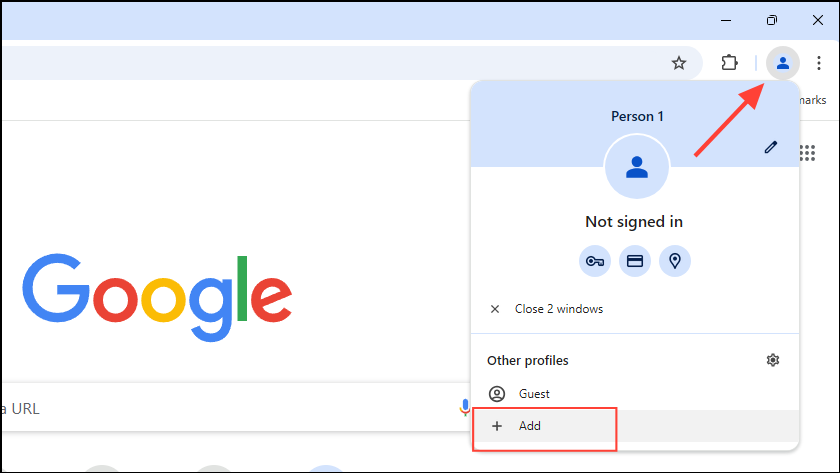
- A new window will appear on your screen. Click on the 'Sign in' button and log in using your Google account.

Things to know
- Putting large files in your Drive can also prevent Google Drive from loading them properly. If possible, divide the data into multiple smaller files.
- You should also check your antivirus program and adblockers and make sure they are not blocking your Google apps. Also, check that your firewall and proxy settings allow connecting to the Drive.
- If you're using Firefox to access Drive, consider disabling Enhanced Tracking Protection, as it can sometimes prevent files from appearing properly.
- Sometimes extensions and VPNs can also prevent your browser from connecting to your Google Drive. Consider disabling them temporarily and then trying to access the files in your Drive.
- If nothing else works, you may have to reset your browser and then log in to Google Drive again.

